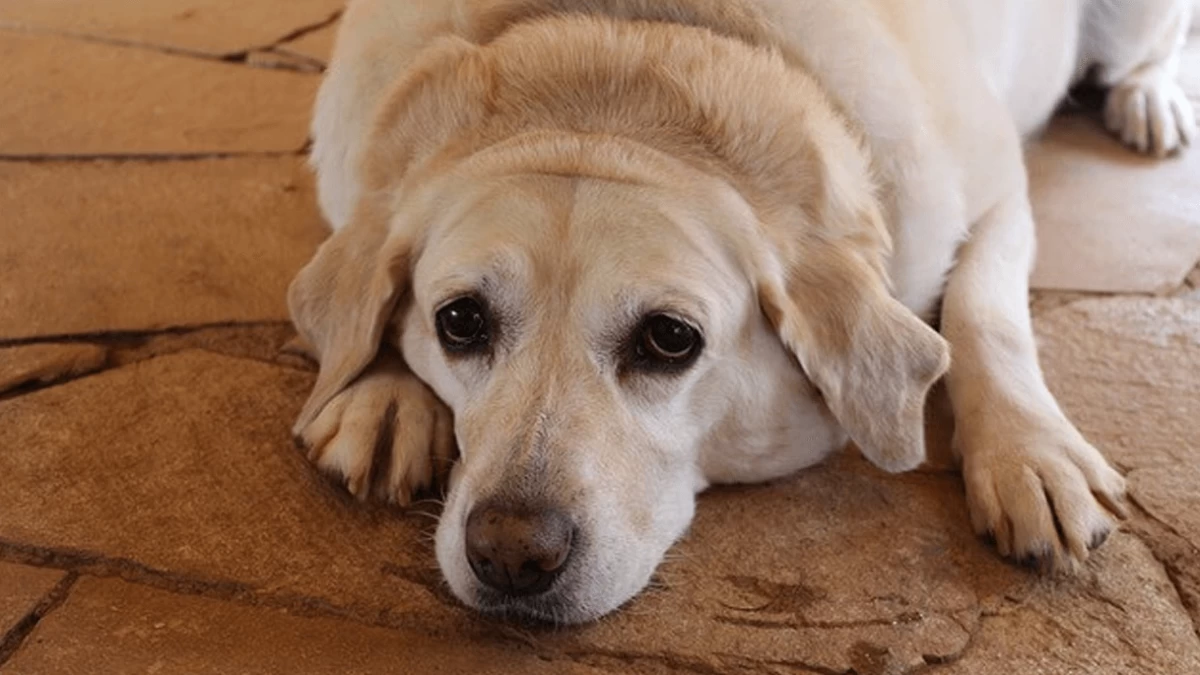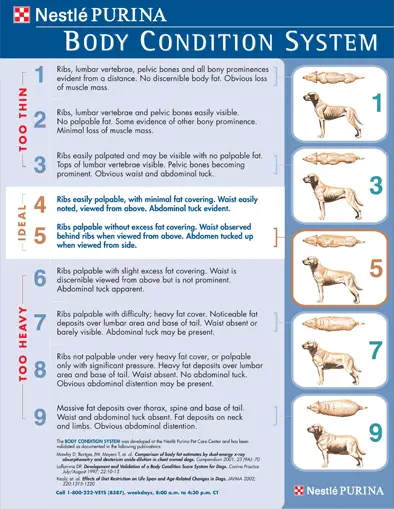How Heavy Should My Dog Be?
07.03.2021.
The weight of your dog is directly connected to their health. If you are a new dog owner and are still learning everything there is to know about your dog, we can only congratulate you! That is the first thing all responsible owners should do. You should know how big your dog should be, how fast they should develop, what they should eat, and how to train them and socialize them.
Knowing how heavy your dog should be is essential because malnutrition is just as dangerous as obesity. Both of these health conditions can deteriorate your dog’s health rapidly, and it is a great thing you are looking into the proper weight of different dog breeds.
Defining your dog’s weight
When it comes to pureblooded dogs, the measurements are pretty clear. All healthy, pureblooded breeds have a range where their body weight should fit. For a Labrador, that range is 65 to 80 pounds. If they are above it, you know you have to get their weight down by choosing a different diet and increasing their exercise.
You can check the ideal weight range for all registered dog breeds in the US. Make sure your dog is in line and prevent them from having health issues on the count of them being overweight.

Mixed breed weight
When it comes to mixed breed dogs and their weight, there is no way of knowing the ideal weight range. They are not standardized, nor are they described in any kennel club. Determining their perfect body weight needs a different approach, and the way to do that is to use the Body Condition Score or the BCS.
Obesity can lead to a dangerous health issue called pancreatitis. Read more about it here - Pancreatitis in dogs.
What is Body Condition Score?
The exact number that shows on a weight scale doesn’t do much for your mixed companion. The number alone cannot tell you if your dog has a healthy mass index or if they require some dietary changes. Dog food companies and veterinarians created the Body Condition Score that allows you to examine your dog and know exactly if there is something wrong with their body weight.
The BCS will score your dog on a scale of 1 - 9, with one being undernourished and nine being morbidly obese. This system says that the ideal score is 4 or 5, which means you can easily feel the dog’s ribs, but you cannot see the contours on the skin. They should have a narrowing waist, and even muscular breeds like English Bulldogs or Rottweilers should have a visibly discernible waistline.
You can see Nestle’s Body Condition Score guide that can tell you if your dog has a healthy body mass.
Understanding the BCS scores
If the image above is unclear, here is what you need to know about it. 1 - 3 scores mean your dog is too thin. 4 - 5 means they have ideal body weight. 7 - 9 score indicated your dog is too heavy and needs to be put on a diet. Here is how you determine the exact values and scores;
1 - This score indicates the dog’s bones are clearly visible from a distance. They have visibly lost muscle mass and need better nourishment and vet care. Dogs that score one on BCS have no body fat.
2 - This is still a pretty low score. The bones are still visible, and the body fat is not palpable. The most significant difference between 1 and 2 is the muscle mass loss. Dogs with this score have not lost so much muscle mass.
3 - Dogs with a score of 3 have easily palpable ribs. They may or may not show, but the tops of vertebrae are visible. The waist and abdominal tuck are prominent.
4 - Dogs with this score have the ideal body weight but are on the lower border. Their ribs should be easily palpable, with minimal fat covering them. They have a noticeable waistline when observed from above. These dogs should have a visible abdominal tuck.
5 - The absolute ideal and the perfect balance. These dogs have easily palpable ribs without excess fat on them. They receive ideal calorie value and spend enough energy every day. They have a visible waist and noticeable abdominal tuck when viewed from the side.
Here is an interesting article that can tell you all the health benefits you get from walking your dog - Benefits of Dog Walking.
6 - This is above ideal score, and dogs that score six on BCS have some excess fat covering their ribs. They have a discernible waist, and the abdominal tuck should be apparent. You should increase the dog’s activity levels and be careful with giving them table scraps and treats.
7 - These dogs are overweight. They have hardly palpable ribs, and the waist is barely visible. When feeling their ribs, there are noticeable fat deposits, as well as in their lumbar area and the base of the tail. These dogs need a diet change to low-calorie food and need a training regime.
8 - This is alarming body weight, and these dogs need a rapid lifestyle change. Their ribs are not palpable and are guarded by heavy layers of fat. They have fat deposits in the lumbar area and the base of the tail. The dog is obese and should start exercising and dieting immediately.
9 - This is the highest score there is, and these dogs are morbidly obese. They have no palpable ribs, and the fat deposits are clearly visible. They have no waist or an abdominal tuck, and this should be treated as a health emergency. Strict diet and rigorous exercising can help the dog lose weight and significantly prolong their life. Here is an article that can help you exercise your dog at home - Best dog treadmills.
You can read more about the dangers of obesity here - Dog obesity.
World Dog Finder team








Share